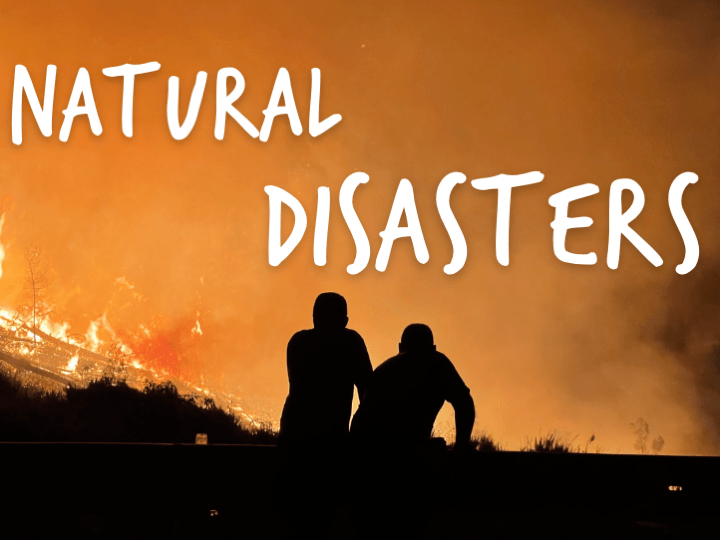
This gallery has been created to celebrate some of the student work from the recent Natural Disasters Managed Project.
The Natural Disasters Challenge Course introduces the concept of Natural Disasters and explores a range of disasters caused by extreme weather and sudden geological events.
Students learn about how and why natural disasters happen and how to prepare for them, to lessen the impact they have.
Students are guided through the Design Thinking process as they learn about the strategies and technologies used by scientists, engineers and emergency service workers to prevent and manage the effects of natural disasters.
Students respond to video content by participating in in-app quizzes and design tutorials related to the information shared.
The Challenge Course concludes with a Design Thinking Project in which students are asked to design a solution that helps to prevent or minimise the damage caused by a natural disaster.
“It was a really great introduction to a Year 5 Curriculum unit. It immediately focussed the students, developed their creative and designing skills and was a great kick off to the topic.”
— What types of learning outcomes did you observe during the Natural Disasters managed project? —
Creativity, trying to come up with an idea and improve it. It lended itself to the class topic beautifully.
Jane, teacher
Here is where you are safe and safe from the flood happening as the house is built above the ground on poles and on top of a large base.
There’s a drain so if the water goes there it gets put down the drains. It will be on a treadmill that pushes it back then sandbags pop up to protect your property from flooding.
This house is built above the ground to keep safe from floodwater coming in. It also has an inbuilt solar grid to power the house if electricity goes out.
“The content was engaging and relevant to our Year 5 students, not only with challenge course being aligned to the curriculum but on a personal level for students who live in a fire prone area such as the Adelaide Hills. Students built on knowledge from previous years experiences such as the Red Cross Pillowcase Program. I observed an improved level of collaboration to share solutions to designs and a high level of oral literacy skills to communicate ideas with each other.”
— What types of learning outcomes did you observe during the Natural Disasters managed project? —
“The application of problem-solving skills and design thinking was evident in the students’ designs of a solution to minimise the damage cause by a natural disaster. The recent flooding across many River Murray towns allowed students to develop an understanding of how sudden extreme weather events can affect people and living things. Students learnt about the important roles emergency experts play in preventing damage and loss of life caused by natural disasters.”
Sarah, teacher
The house is made out of synthetic foam because is is on stilts. When not in use the stilts fold down into the ground. It also has a small
My design is to help places where Tsunami happens often. The dome in made out of a strong type metal. There are mechanics under for the dome to move up and down.
“I liked that it had different modes of learning and that the students were building on their knowledge of both Natural Disasters and the 3D design elements.”
— What types of learning outcomes did you observe during the Natural Disasters managed project? —
“Students learnt about a Science topic specific to their year levels. They were able to design solutions to real world engineering problems. They were able to help each other and become valuable peer experts in some cases.”
Janie, teacher

Please wait while you are redirected to the right page...